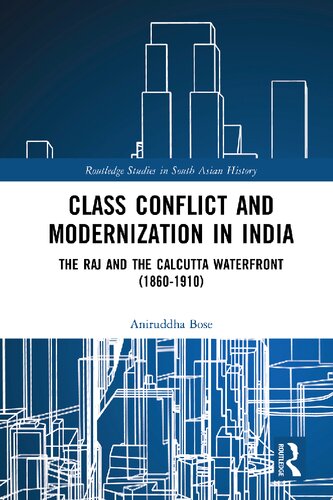

Most ebook files are in PDF format, so you can easily read them using various software such as Foxit Reader or directly on the Google Chrome browser.
Some ebook files are released by publishers in other formats such as .awz, .mobi, .epub, .fb2, etc. You may need to install specific software to read these formats on mobile/PC, such as Calibre.
Please read the tutorial at this link. https://ebooknice.com/page/post?id=faq
We offer FREE conversion to the popular formats you request; however, this may take some time. Therefore, right after payment, please email us, and we will try to provide the service as quickly as possible.
For some exceptional file formats or broken links (if any), please refrain from opening any disputes. Instead, email us first, and we will try to assist within a maximum of 6 hours.
EbookNice Team

Status:
Available4.7
27 reviewsIn the days of the British Raj Calcutta was a great port city. Thousands of men, women, and children worked there, loading and unloading valuable cargoes that sustained the regional economy, and contributed significantly to world trade. In the second half of the nineteenth century, in response to a shift from sailing ships to steamers, port authorities in Calcutta began work on a massive modernization project.
This book is the first study of port labor in colonial Calcutta and British India. Drawing on primary source material, including government documents and newspaper records, the author demonstrates how the modernization process worsened class conflict and highlights the important part played by labor in the shaping of the port’s modernization. Class Conflict and Modernization in India places this history in a comparative context, highlighting the interconnected nature of port and port labor histories. It examines how the port’s modernization affected the port workforce and the port’s managers, as well as the impact on class formation that emerged as labourers resisted through acts of everyday resistance and organized strikes.
A detailed study of state power, technological change, and class conflict, this book will be of interest to academics of modern Indian history, labour history and the history of science and technology.